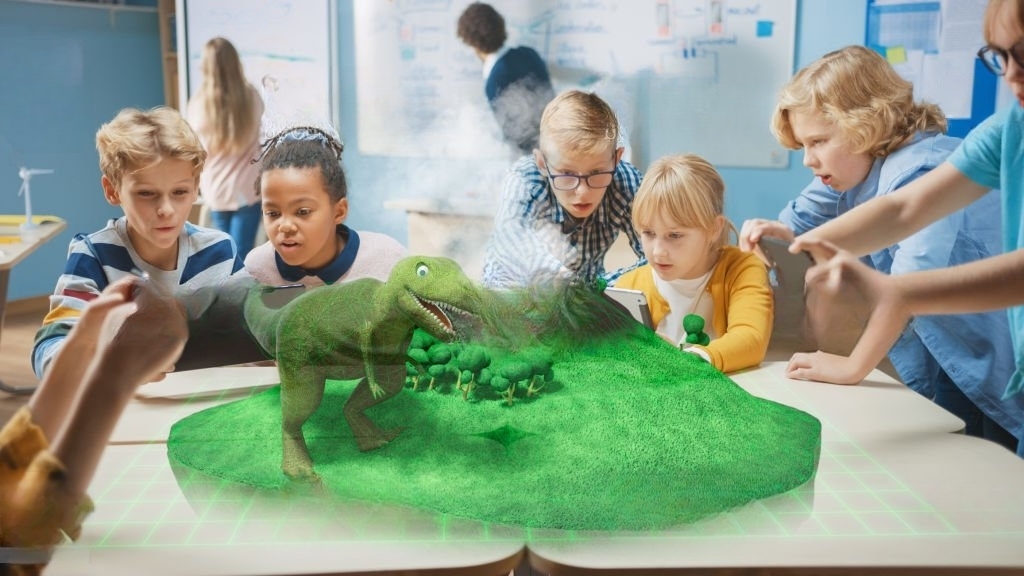As of my knowledge cutoff in September 2021, virtual reality (VR) continues to see advancements and updates in various areas. Here are a few notable trends and updates in the field of virtual reality:
- Improved Hardware: VR headset manufacturers are constantly working on improving the hardware capabilities of VR devices and 3D animation services. This includes advancements in display resolution, field of view, tracking systems, comfort, and portability. Companies like Oculus (owned by Facebook), HTC, and Sony have released updated versions of their VR headsets with enhanced features.
- Wireless VR: There is a growing focus on wireless VR solutions, allowing users to experience virtual reality without being tethered to a computer or console. Wireless VR headsets offer greater freedom of movement and a more immersive experience. Several companies have introduced standalone VR headsets that do not require a PC or external sensors.
- Social VR: Social VR platforms are gaining popularity, allowing users to interact and socialize in virtual environments. These platforms enable people to meet, communicate, and collaborate with others in shared virtual spaces. Companies like VRChat, Rec Room, and Facebook Horizon are providing social VR experiences.
- VR Gaming: Virtual reality gaming continues to evolve with new game releases and VR adaptations of popular titles. Developers are creating immersive and engaging VR games that take advantage of the medium’s unique capabilities, including interactive gameplay, realistic graphics, and motion-based controls.
- VR Applications Beyond Gaming: VR is finding applications beyond gaming, including in industries such as education, healthcare, architecture, and training. VR is being used for immersive training simulations, virtual tours, medical therapy, architectural visualization, and more. Companies and institutions are exploring the potential of VR in various sectors.
- Augmented Reality (AR) and Mixed Reality (MR): Alongside VR, AR and MR technologies are also advancing. AR overlays virtual elements onto the real world, while MR combines virtual and real-world elements seamlessly. Companies like Microsoft (with HoloLens) and Magic Leap are developing AR and MR devices, expanding the possibilities of immersive experiences.
It’s important to note that virtual reality is a rapidly evolving field, and new updates and trends may have emerged since my knowledge cutoff. To stay up to date with the latest developments in virtual reality, I recommend following technology news sources, attending VR conferences and events, and exploring dedicated VR communities and forums.










